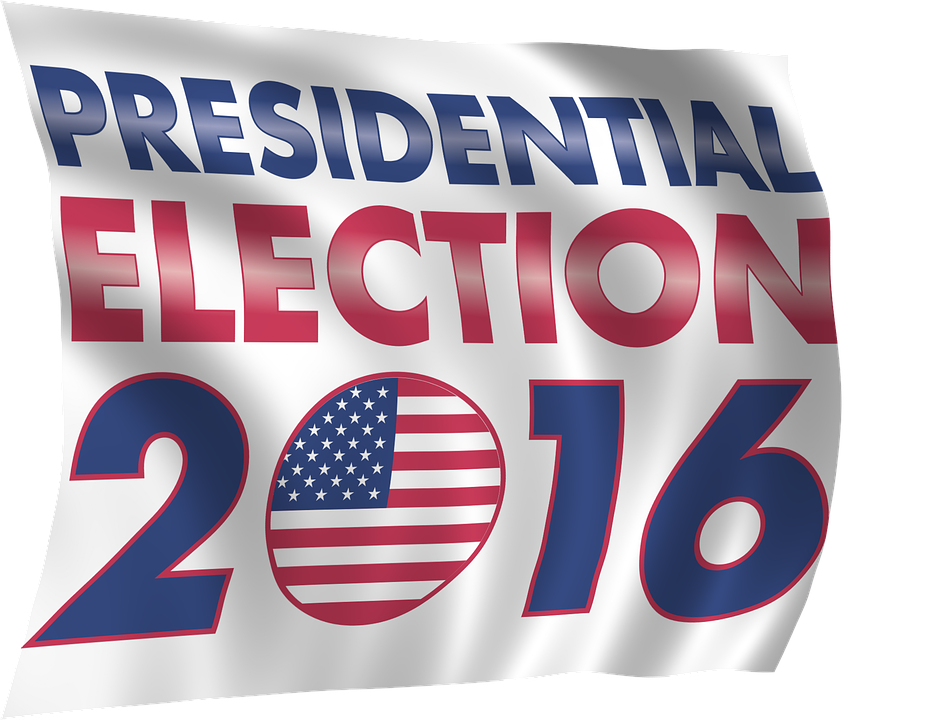Translating deep thinking into common sense
Isn’t $1.9 Trillion A Year Lost to Federal Regulations Enough?

By Walter Donway
October 13, 2016
SUBSCRIBE TO SAVVY STREET (It's Free)
How much of our lives will be controlled by government? The question goes to the heart of government power versus individual liberty.
If and when Hillary Clinton and Donald Trump finish sparring over personal health, illicit emails, and Vladimir Putin’s qualities as a leader, we can hope they will address the fundamental choice that faces the American electorate in 2016: How much of our lives will be controlled by government? How much will be left to the choices of Americans individually and through their private businesses, institutions, and organizations?
The question goes to the heart of government power versus individual liberty. It is the question that defined America. And today it has application to every single action of government, and, unfortunately, directly or indirectly, every decision in every American life. Any candidate who fails to address that question seriously, credibly, and often may be assumed to be taking for granted that politics, and the office they seek, is exclusively about the exercise of power, how to increase it—and probably how much they crave such power.
How urgent is this issue? Consider just one yardstick of government power over our jobs, incomes, businesses, health, consumer choices, and, well—to repeat—everything else. That yardstick is federal government regulation.
The Cost of Regulations
At the end of May this year, as the primaries heated up and conventions loomed, two economists at the Heritage Institute wrote that the Obama administration has been responsible for an explosion of the “regulatory state.” Since his election in 2009, the Executive Branch has promulgated 229 “major” regulations, regulations each costing more than $100 million annually (according to the regulatory agencies themselves). The annual cost of just these new major regulations is now $108 billion a year. Restriction of innovations and loss of opportunity are not included in the price tag.
The Competitive Enterprise Institute (CEI) focused on just one year of the Obama Administration, 2014, and looked at all, not just “major,” regulations. In that year, the Administration finalized some 3,600 new regulations and proposed 2,300 more. Regulations, rules, and restrictions already in place, said the Institute, impose an estimated $1.9 trillion annual “drag” on the America economy. The Office of Management and the Budget reported that government requests for information alone—nothing else—require some nine billion (not million) hours of paperwork each year.
A U.S. Chamber of Commerce report this month explained that regulation-making power has undergone a vast geologic shift away from Congress to the Executive Branch. In a given year, Congress may enact 150 laws but bureaucrats then cook up 3,000 rules, including dozens of those “major” rules” costing the economy more than $100 million every year.
Because Mr. Trump has made bringing manufacturing “back to America” a theme of his campaign, look at just the headlines of a recent report by the National Association of Manufacturers. It estimates the average cost to a U.S. company of federal regulation at $9,991 per employee—21 percent of its payroll. But, when it comes to manufacturers in America, the costs of regulations nearly double to $19,564 per employee.
Halt the Growth of Regulations
A U.S. Chamber of Commerce report this month explained that regulation-making power has undergone a vast geologic shift away from Congress to the Executive Branch. In a given year, Congress may enact 150 laws but bureaucrats then cook up 3,000 rules, including dozens of those “major” rules” costing the economy more than $100 million every year.
Staying with this one yardstick of the growth of government power at the expense of individual choice and freedom of enterprise, voters can demand of our Presidential candidates explicit commitments and credible plans on government regulation. Hillary Clinton is known for detail-oriented recommendations on economic questions, but focused on increasing taxes on the wealthy and spending the proceeds on new programs. As recently as September 15, Donald Trump, however, presenting his economic plan to the New York Economic Club, pledged to end all new federal regulation until a review of regulation, its costs and benefits, can be completed. The issue of regulation, it would seem, is once again “in play.”
Making no judgment on the credibility of the candidates, it nevertheless is worth commenting that if Mr. Trump is seriously committed to challenging the growth of federal regulation, he would have exceptional power as president. As mentioned, Congress has ceded to the Executive and its agencies virtual plenipotentiary power in formulating and enforcing new regulations. The next President of the United States has the power to appoint department and agency heads, and to issue Executive orders, to curb the growth of new regulations with hundred-million-dollar price tags.
Reigning in regulation goes to the heart of the struggle over government power versus freedom and is where the next President has an extraordinarily free hand.
The prospect is exciting because reigning in regulation goes to the heart of the struggle over government power versus freedom and is where the next President has an extraordinarily free hand. No excuses about cooperation from Congress. No delays.
Although Mr. Trump has floated the idea of zero new regulations pending review, the ideal situation would be if both candidates “took the pledge” that regulation-making would be halted pending a thorough, public, hard-headed review of costs and benefits. And that review would examine, at every step, lost time, lost options, lost opportunities of Americans.
The pledge alone would highlight Washington’s eight-year orgy of regulation writing.
This essay first appeared on the website of the Atlas Society.







